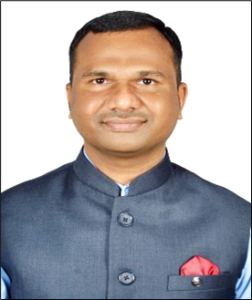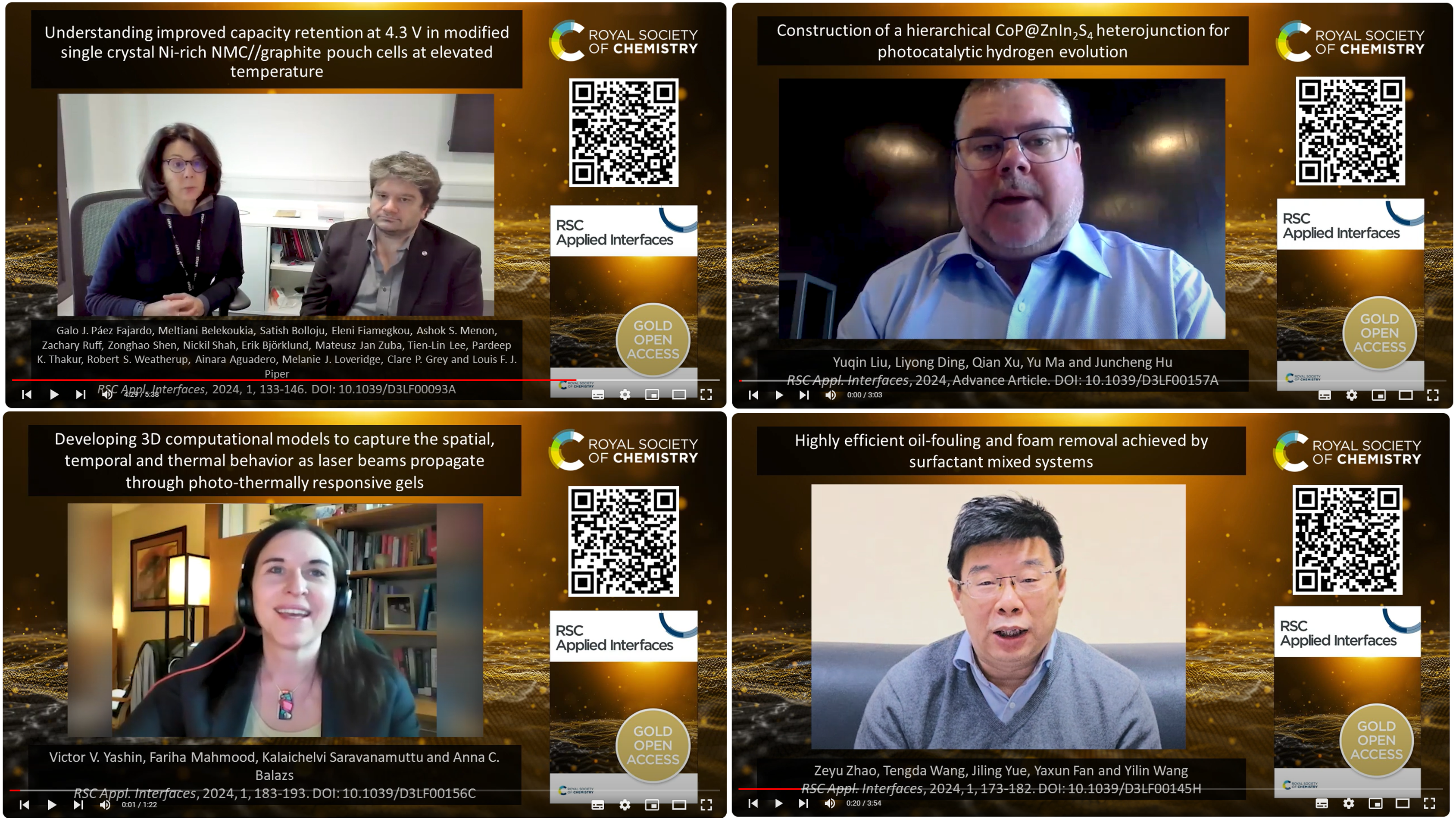
Professor Ryan Richards (Colorado School of Mines & NREL, USA) Associate Editor for RSC Applied Interfaces is delighted to share with you some of his top research highlights published in the journal so far.
Read the collection
Loosely based on a catalysis theme, here are a selection of the papers he has chosen:
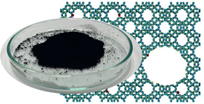
Matthew E. Potter, Evangeline B. McShane, Nienke L. Visser, Johannes D. Meeldijk, Lisa J. Allen, Stephen M. King, Marina Carravetta, Petra E. de Jongh, Bart D. Vandegehuchte and Robert Raja
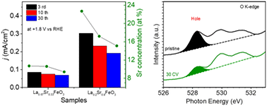
Chuanmu Tian, Clément Maheu, Xiaochun Huang, Freddy E. Oropeza, Márton Major, Joachim Brötz, Marcus Einert, Wolfgang Donner, Kelvin Hongliang Zhang and Jan P. Hofmann
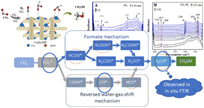
Xiaolong Liu, Guangying Fu, Qiaolin Lang, Ruiqin Ding, Qiangsheng Guo, Ke Liang, Shuman Gao, Xiaobo Yang and Bing Yu
Ryan also shared a video earlier this year discussing a paper by Liyong Ding and Juncheng Hu et al on the construction of a hierarchical heterojunction for photocatalytic hydrogen evolution:
Find out more about Ryan Richards
Ryan M. Richards is a Professor of Chemistry and Materials Science at the Colorado School of Mines (Mines) and holds a joint appointment at the National Renewable Energy Laboratory (NREL) both in Golden, Colorado USA. Additionally, Prof. Richards is the Mines lead for the Mines/NREL Nexus which coordinates, facilitates and promotes all joint activities and appointments. Prof. Richards received his BS from Michigan State University, MS from Central Michigan University and PhD from Kansas State University. During his PhD studies, he was a visiting scientist at the Boreskov Institute of Catalysis in Novosibirsk, Russia. From 2000-2002 he was a Max Planck Fellow at the Max Planck Institute für Kohlenforschung in Mülheim, Germany. In 2002 Ryan joined the International University of Bremen (now Constructor University) then joined Mines in 2007. Prof. Richards has received numerous awards throughout his career including being selected as a Fellow of the American Chemical Society (ACS), Mines Faculty Senate Distinguished Lecturer, ACS Nanoscience Chair and ACS International Affairs Committee (ACS liaison to Nigeria and South Africa). Prof. Richards was accepted as a Fellow of the Royal Society of Chemistry in November 2023.
Research in the Richards group is focused on new synthetic methods to control the size, shape and composition of nanoscale materials and apply them in systems integral to alternative energy technologies, pharmaceuticals, biomass upgrading, batteries, and environmental remediation.
Discover some of Ryan’s research published in RSC journals:
Light-driven interfaces for PFAS detection and destruction
Frank R. A. Schrama, Scott E. Massimi, Michael R. Dooley, Brian G. Trewyn, Shubham Vyas and Ryan M. Richards
RSC Appl. Interfaces, 2024, 1, 833-845. DOI: 10.1039/D4LF00171K
Lifang Chen, Ting Zhang, Hongye Cheng, Ryan M. Richards and Zhiwen Qi
Nanoscale, 2020, 12, 17902-17914. DOI: 10.1039/D0NR04738D
RSC Applied Interfaces

Offers you a dedicated, interdisciplinary home for articles that highlight the impact of applied interfacial and surface research.
Find out more about RSC Applied Interfaces by visiting our webpage or contacting our Editorial Office by email.
Make sure you never miss an update – sign up for our e-alerts and follow us on X, Bluesky and LinkedIn.


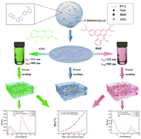
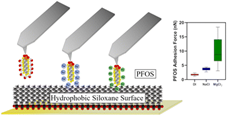
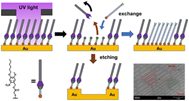
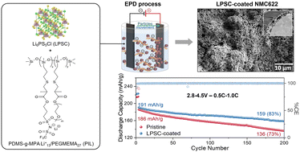 Electrophoretically deposited artificial cathode electrolyte interphase for improved performance of NMC622 at high voltage operation
Electrophoretically deposited artificial cathode electrolyte interphase for improved performance of NMC622 at high voltage operation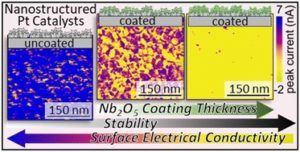 Niobium oxide coatings on nanostructured platinum electrocatalysts: benefits and limitations
Niobium oxide coatings on nanostructured platinum electrocatalysts: benefits and limitations


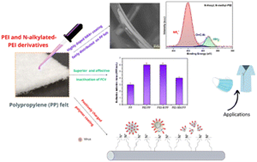 Polypropylene fabric coated with branched polyethyleneimine derivatives for high antiviral activity
Polypropylene fabric coated with branched polyethyleneimine derivatives for high antiviral activity

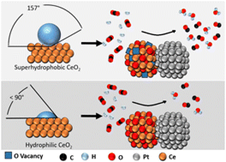 Engineering Pt–CeO2 interfaces for reverse water-gas shift (RWGS) reaction
Engineering Pt–CeO2 interfaces for reverse water-gas shift (RWGS) reaction


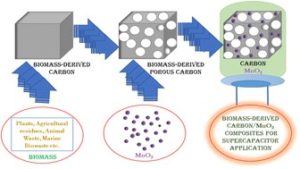 Manganese dioxide (MnO2) and biomass-derived carbon-based electroactive composite materials for supercapacitor applications
Manganese dioxide (MnO2) and biomass-derived carbon-based electroactive composite materials for supercapacitor applications Miss Pranoti Patil obtained her Master of Science degree from Shivaji University Kolhapur, India, with excellent academic records. Her research works are focused on the synthesis and electrochemical testing of biomass-derived carbon, manganese dioxide, conducting polymers, and carbonaceous materials such as carbon nanotubes, graphene oxide, and reduced graphene oxide-based binary as well as ternary nanocomposites as electrode materials to be used in energy storage devices like supercapacitors and battery type supercapacitors.
Miss Pranoti Patil obtained her Master of Science degree from Shivaji University Kolhapur, India, with excellent academic records. Her research works are focused on the synthesis and electrochemical testing of biomass-derived carbon, manganese dioxide, conducting polymers, and carbonaceous materials such as carbon nanotubes, graphene oxide, and reduced graphene oxide-based binary as well as ternary nanocomposites as electrode materials to be used in energy storage devices like supercapacitors and battery type supercapacitors.